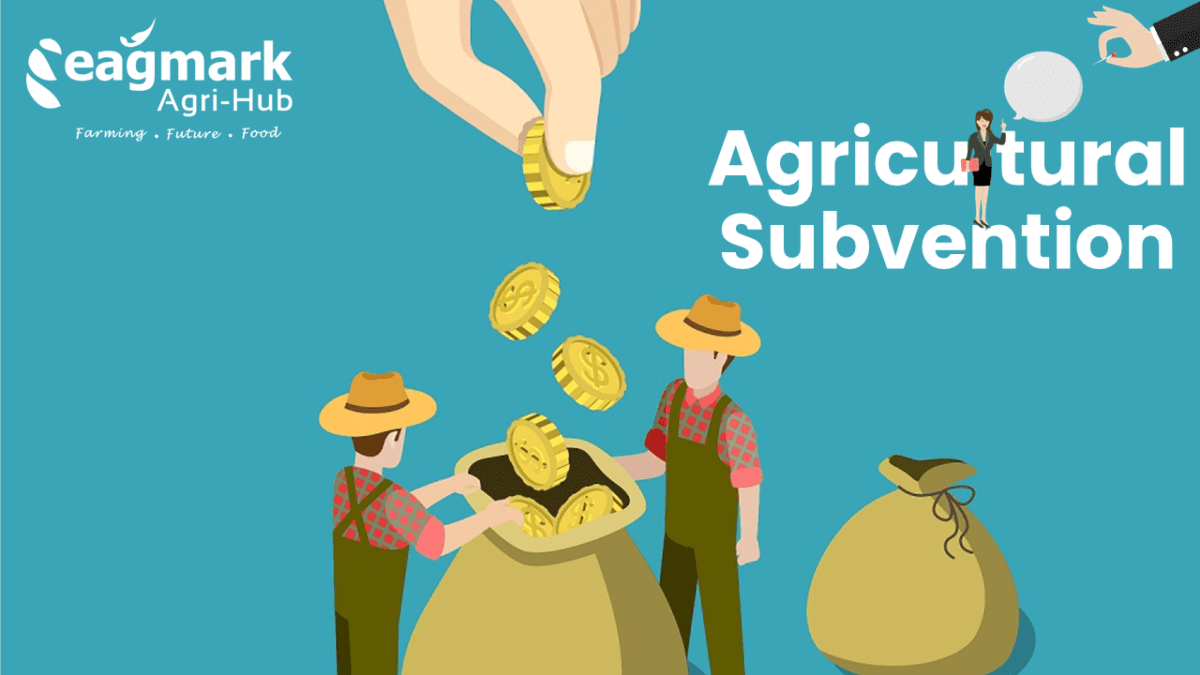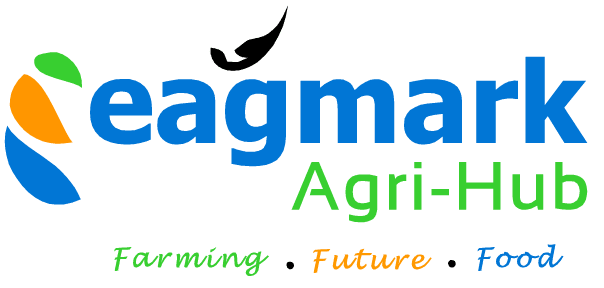Balancing the Pros and Cons: Examining the Effects of Agricultural Subvention on Productivity and Sustainability

Governments often use agricultural subvention as a policy tool to assist farmers in increasing their agricultural productivity. Subsidies can take various forms, such as direct payments, price supports, and tax breaks, to name a few. The primary aim of agricultural subvention is to promote food security, sustainable agriculture, and rural development.
Agricultural subvention has the effect of enhancing agricultural productivity. By reducing production costs, subsidies make it more affordable for farmers to obtain necessary inputs, such as fertilizers, seeds, and farm equipment. Farmers can also invest in advanced technologies that enhance crop yields, reduce waste, and promote food safety.
In addition, agricultural subventions encourage investment in the agricultural sector by incentivizing farmers to expand their operations, resulting in increased production levels and improved supply chain efficiency. This increased production leads to a more stable or even lower price of agricultural products, which benefits consumers by making healthy and affordable food more accessible.
Moreover, agricultural subventions create employment opportunities, especially in rural areas, where farming is a major source of income. Higher agricultural productivity leads to additional labor demand, resulting in job creation and economic growth in rural areas.
Agricultural subvention is a form of financial assistance given to farmers by the government to help them produce more food. While subventions can help farmers increase their productivity, there are also concerns that they can lead to overproduction and lower prices for farmers.
However, there are potential downsides to agricultural subvention. For instance, it may lead to overproduction, which can cause market surpluses and reduced prices, harming farmers in developing countries who rely on agriculture for their livelihoods. Additionally, agricultural subvention can be expensive for governments, which may find it more beneficial to invest funds in other sectors. Thus, it is crucial to ensure that subsidies are well-targeted and efficiently allocated to encourage agricultural productivity and promote long-term sustainability.
Agricultural subventions can be an effective tool for increasing productivity and reducing poverty among farmers. However, it’s important to ensure that subventions are used in a way that promotes sustainable agriculture practices and doesn’t lead to overproduction or environmental degradation. By providing farmers with the resources they need to produce more food sustainably, we can help ensure that everyone has access to healthy and nutritious food while also protecting our planet.



